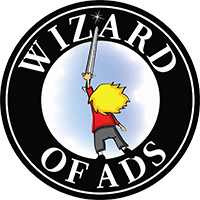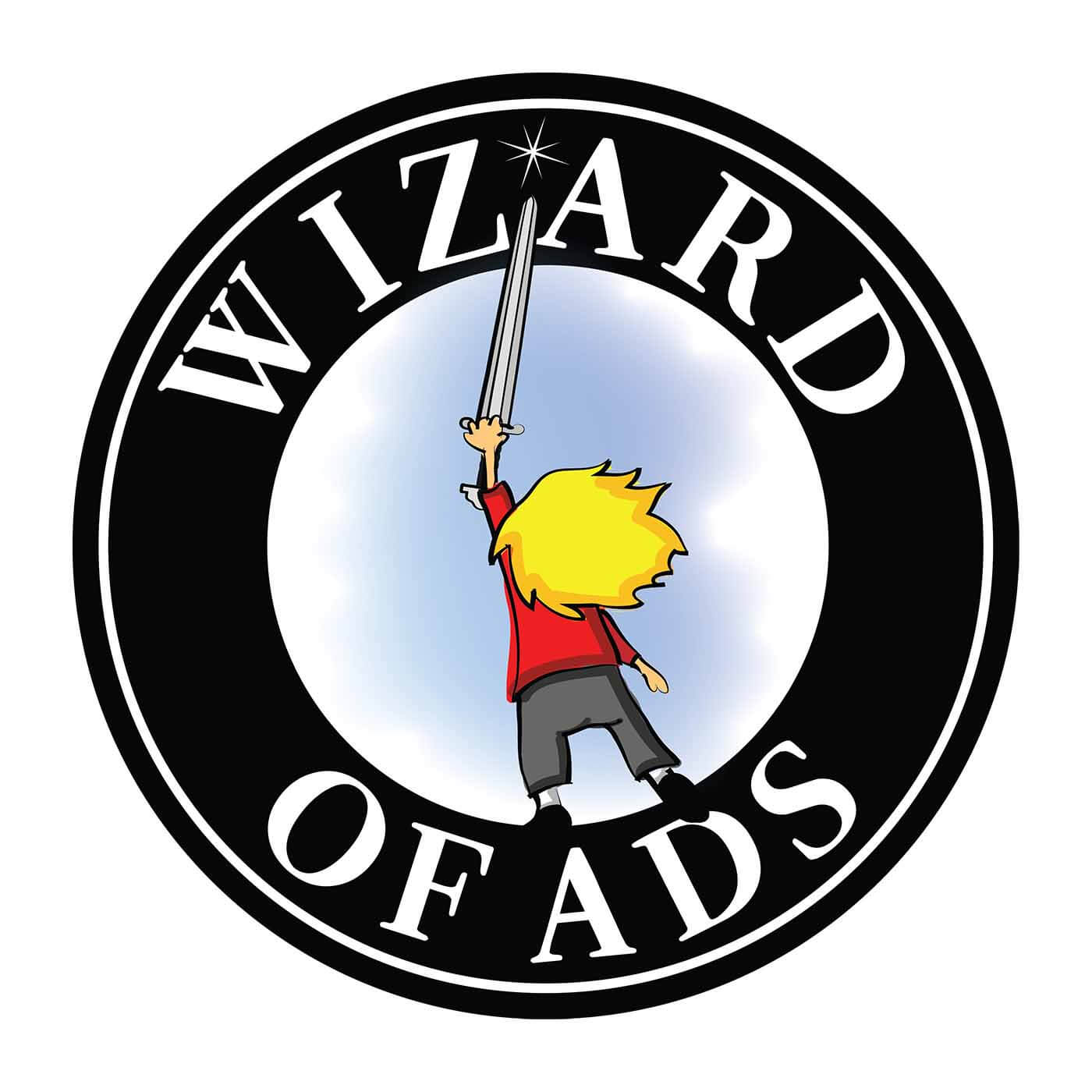full
How I Write Scripts for TV Ads
Notice that title. It does not say, “How to Write Scripts for TV Ads,” but, “How I Write…”
I have my own weird way of doing it.
TV writers use a split-page approach:
Camera instructions in the left column. Audio in the right column.
I chose not to do it that way.
Back when the world was young, Radio people told me that Radio scripts SHOULD ALWAYS BE TYPED IN ALL CAPITAL LETTERS.
I chose not to do it that way.
and then came the online people who told me to write everything in lower case letters because who has the time to press the shift key in this fast paced digital world are living in
Me. The answer is me. I have enough time to press the shift key.
Aaron Sorkin would have been a great Radio writer. Watch his TV series – The West Wing, Studio 60 on the Sunset Strip, The Newsroom, or Sports Night – and you’ll hear dazzling dialogue, brilliant banter, and riveting repartee. Your imaginary people will begin talking like real people after you’ve studied his film scripts, A Few Good Men, The Social Network, Moneyball, and Steve Jobs.
Aaron Sorkin says, “Until the words are right, ain’t nothin’ right.”
Or at least that’s what he would say if he was from Texas.
Radio writers have five tools in their toolbox:
(A) choice of words
(B) tone of voice
(C) vocal inflection
(D) music
(E) special effects; such as the sound of a car starting, a door slamming, or a dog barking.
Television writers have all the radio tools available to them, as well as:
(F) facial expressions, hand gestures, and body language
(G) Screen text
(H) visual special effects; such as slow motion, disappearances, and backlighting.
The predictable mistakes made by Radio people writing TV ads are:
- They try to cram 30 seconds worth of words into a 30-second TV ad.
- They describe things they could easily have shown onscreen.
- They forget screen text is available.
- They use an omniscient voice-over when they could have shown us the person talking. The omniscient narrator – common in radio ads – doesn’t work so well on TV.
Make no mistake: bad writing is bad writing. A boring Radio ad will be a boring ad on TV.
Here’s how to turn a great Radio ad into a brilliant TV ad:
- Eliminate descriptions of actions.
- Show us those actions instead. Add action-instructions to your script, but in a different color than the black ink used for dialogue. If you need to make a cellphone video of yourself performing the actions so the director can see what you see in your mind, do it.
- Show us who is talking.
- Add instructions to your script regarding hand gestures, facial expressions, and body language, but use a different color than the black ink used for dialogue.
- Use screen text.
- Domain names, phone numbers, and store hours are more easily shown than spoken. But before you add screen text, ask, “Do we really need this?” And when you write the instructions for screen text, use a different color than the black ink used for dialogue.
- Use special effects to amplify what you want to make memorable.
- But be careful. The gratuitous use of special effects is the mark of an amateur. Before you use them, ask, “Do we really need these?” And print these instructions in a different color than the black we use for dialogue.
Color is a language that can be used to link, or separate.
In case I forgot to mention it, the only thing you should ever print in black is the dialogue. Special effects, screen text, and instructions to the actors and cameramen will be in a subordinate color of ink.
Because the dialogue – the words – are what matter most.
I believe Radio writers can learn to write TV ads a lot easier than
TV writers can learn to write Radio ads.
And Aaron Sorkin agrees!
Or at least he would if he was from Texas.
Roy H. Williams

